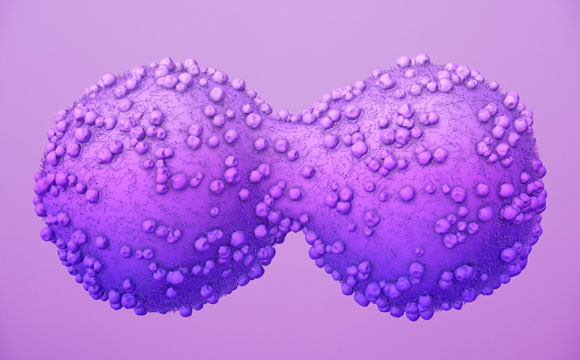
They are not soluble in water they are fat soluble and can be easily stored, e.g. Fats and vitamins like A and D are considered non polar molecules. These molecules assemble in such a way that the hydrophobic portion faces the middle of the bilayer, while the hydrophilic layer makes up the outside of the bilayer. The plasma membrane is a bilayer composed of the amphipathic molecules called phospholipids. Micelles form when the hydrophobic portion of the molecule orients away from the aqueous environment, while the hydrophilic portion faces the aqueous environment. Monomers are the building blocks of the four basic macromolecules of life- monosaccharides are the monomers of carbohydrates, amino acids are the monomers of proteins, glycerol/fatty acids are the monomers of lipids, and nucleotides are the monomers of DNA. Proteins catalyze the vast majority of chemical reactions that occur in the cell. Like DNA, RNA contains the nucleic bases adenine, guanine and cytosine. Amino acids function as the building blocks of proteins.

Amphipathic molecules are both hydrophobic and hydrophilic. RNA defines in which order the amino acids must be linked to form a protein. Amphiphathic molecules form micelles when exposed to an aqueous environment. Amino acids are the building blocks of polypeptides and proteins and play important roles in metabolic pathway, gene expression, and cell signal transduction regulation. Like dissolves like, therefore polar solutes dissolve in polar solvents, while non polar solutes are dissolved in non polar solvents. Water is a polar substance, and the force of attraction between the polar molecule is greater than the force of attraction between polar and non polar molecules.

Nucleotides consisting of sugar deoxyribose, one phosphate group, and one of four nitrogen bases are building. Polar, or hydrophilic, substances readily dissolve in water. The building blocks of proteins are amino acids.


 0 kommentar(er)
0 kommentar(er)
